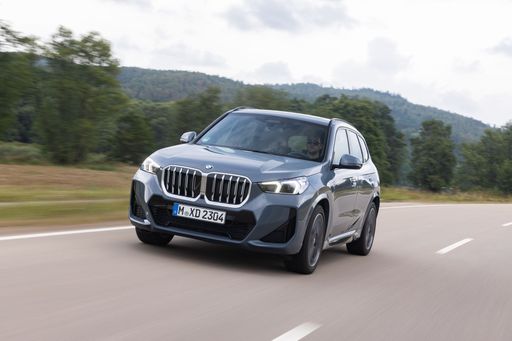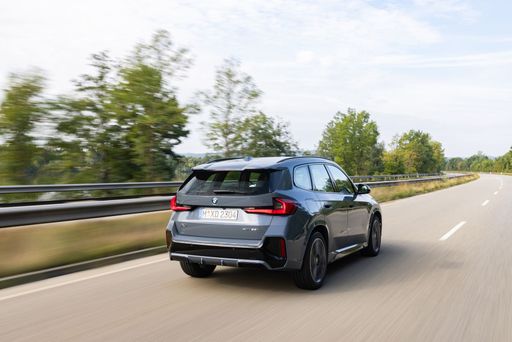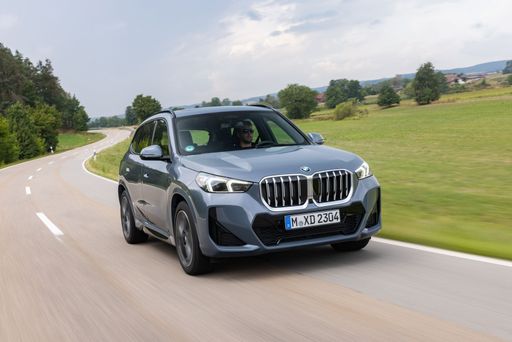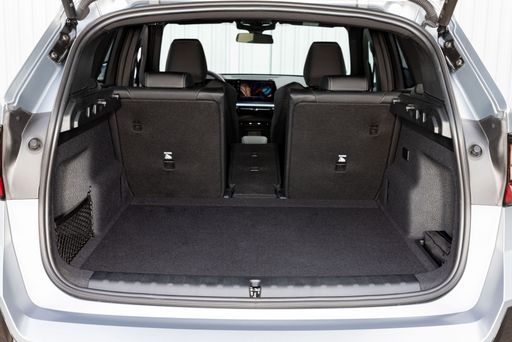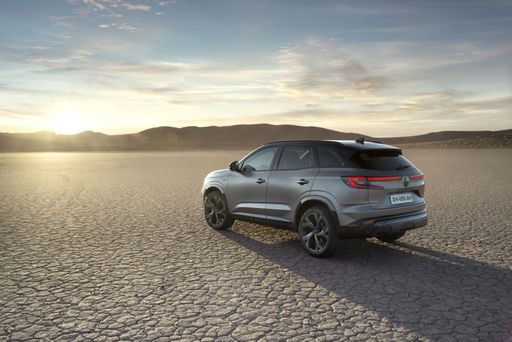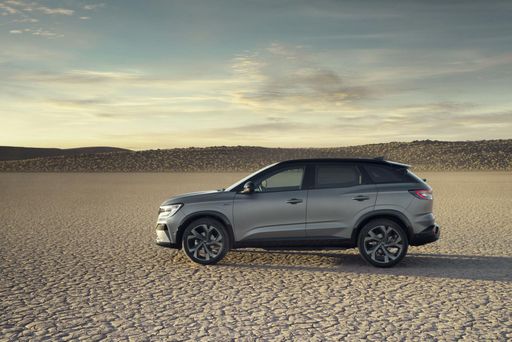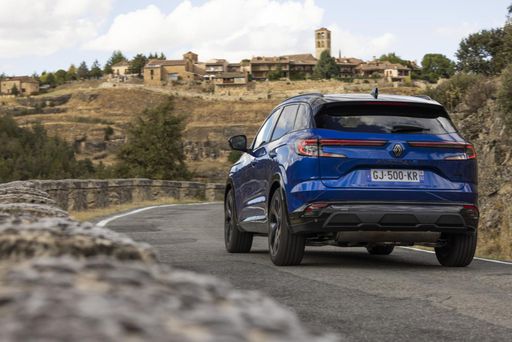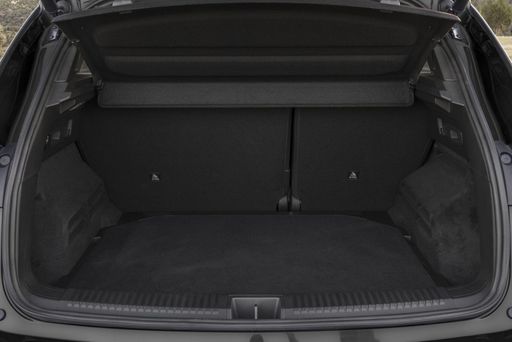BMW X1 vs Renault Austral: A Comprehensive Comparison of Two Innovative SUVs
The automotive market is increasingly competitive, especially in the SUV segment, where manufacturers are racing to deliver vehicles that blend performance, technology, and practicality. Two prominent contenders in this arena are the BMW X1 and the Renault Austral. Each car showcases unique traits and innovations, catering to distinct consumer needs. In this article, we will delve into the technical specifications, design aspects, and innovative features of both SUVs to help potential buyers make an informed decision.

